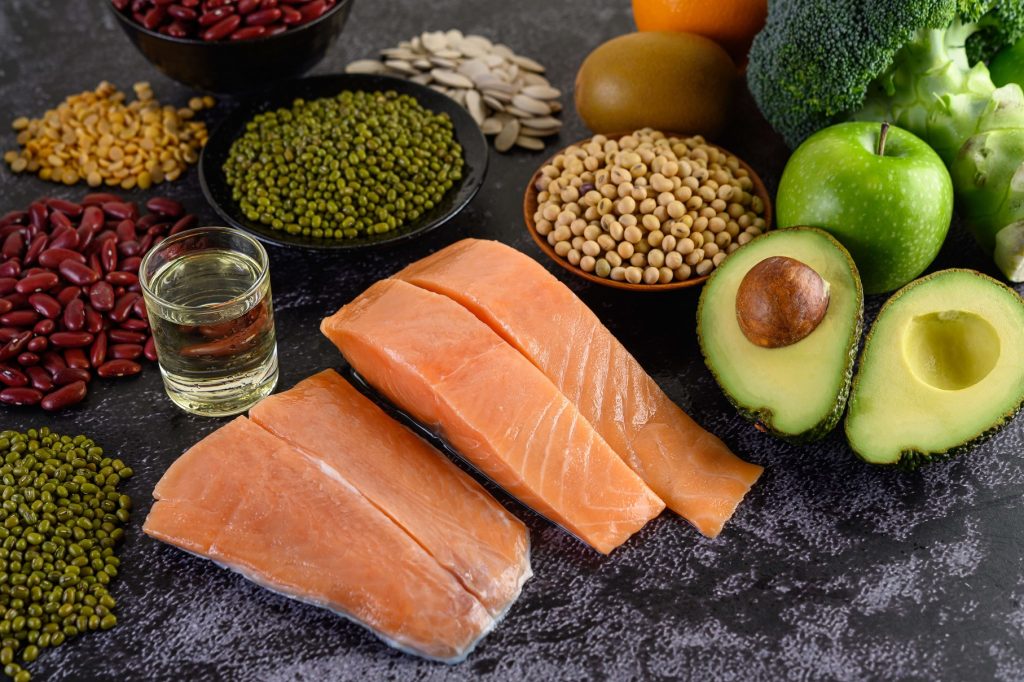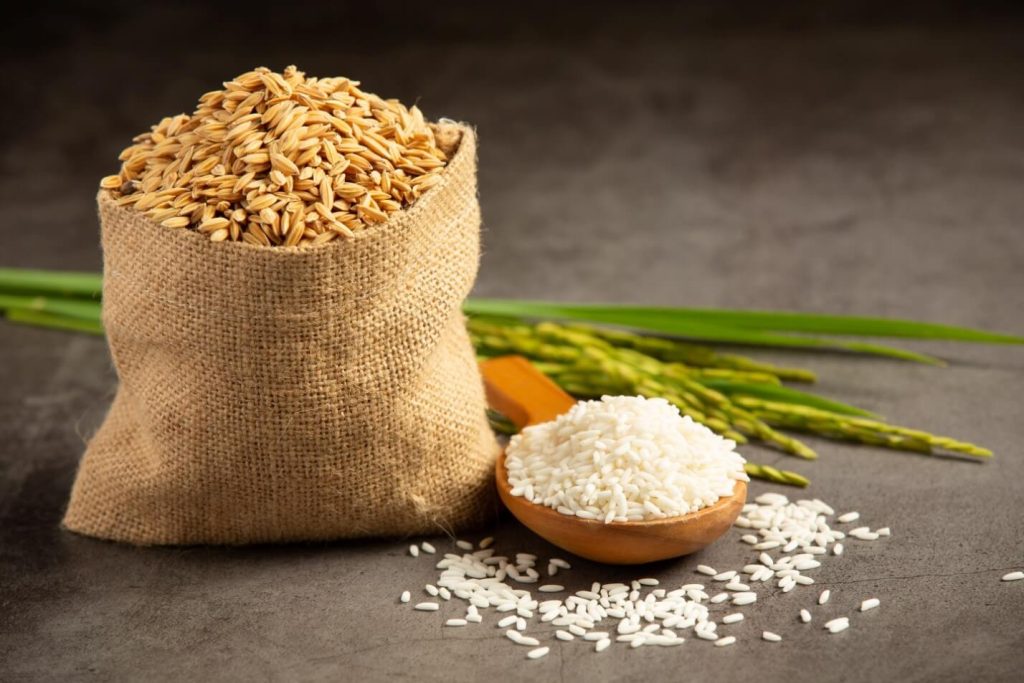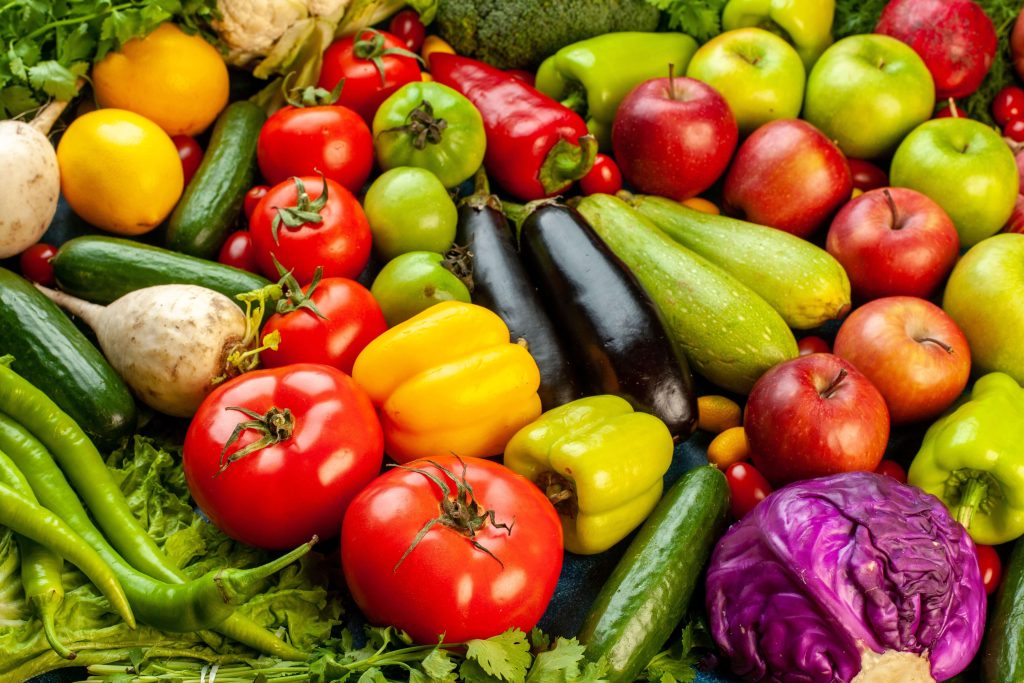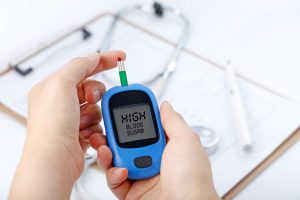Disclaimer:
This article is for information purposes only. It is not a substitute for medical advice or treatment. Seek medical care for your treatment.
There are different types of diabetes and not everyone with diabetes experience the same symptoms. This is why there is no one specific ‘diabetes diet’. Maintaining a healthy diet helps you to manage your weight, blood glucose, blood pressure and cholesterol levels.
Choose wisely the right kind of foods. Try to cook at home to keep a check on your diabetes.
It is significant to keep an eye on your carbs to keep your blood glucose levels stable if you have type 1 diabetes.
If you have type 2 diabetes and you are obese, try to shed some weight to manage your diabetes.
No matter what type of diabetes you have, you might need to lose, gain or maintain your right weight along with correct food choices. Keep portion sizes in mind but, portion sizes can be different for everyone.
Use the following tips for healthy eating with diabetes when you dine out or cook at home:
1) Lean proteins:

Proteins give you a feeling of fullness and satisfaction. Lean proteins are:
- Eggs
- Chicken
- Fish
- Turkey
- Low-fat dairy
In case you are running short of ideas you can try certain recipes of lean proteins:
- Vegetable stew with turkey tenders
- Crepes with Moroccan vegetable curry
- Turkey with grilled Peaches
2) Eat healthy fats:

Our body needs fat to boost energy. But different fats affect our health differently. Healthy fats keep you full and are good for your heart health. Foods that include healthy fats include unsalted nuts, seeds, avocados, oily fish, olive oil, rapeseed oil and sunflower oil. Saturated fats can raise the cholesterol level in your blood leading to heart problems. They are chiefly found in animal products and readymade food like:
- processed meat
- ghee
- butter
- lard
- bakery products
It is better to cut down on oil.
- Avoid alcohol:
We all know alcohol is rich in calories. Try to evade binge drinking if you want to lose weight and keep a check on your diabetes. It is better not to drink on an empty stomach if you are taking insulin or other medicines for diabetes because this can lead to hypos.
3) Cut back on sugar:

It is hard to avoid sugar. But small steps can really help. Try to swap your sweet beverages, energy drinks and fruit juices with plain water, milk, unsweetened tea or coffee. Controlling your sugar intake or substituting it with low calorie sweeteners can control your blood glucose levels.
If you have hypos it is necessary to keep a check on your sugar intake and discuss it with your doctor.
4) Consume healthy Carbohydrates:

Carbohydrates are essential for energy, fiber and some nutrients. Complex carbohydrates include:
- Beans
- Berries
- Brown rice
- Whole-wheat bread
- Greek yogurt
Carbs affect your blood glucose levels so it’s imperative to know about the foods that contain carbohydrates, some of them are mentioned below:
- Whole grains
- Fruits
- Vegetables
- Pulses, beans and lentils
- Dairy products
Also cut back on the foods low in fiber like white bread, white rice and processed cereals.
5) Foods rich in fiber:
Your body can’t digest dietary fiber which includes all parts of plant foods. 8 grams of fiber per meal is recommended. Fiber assists in controlling blood sugar levels. Fiber rich foods are:
- Fruits
- Vegetables
- Nuts
- Legumes
- Whole grains
6) Eat more veggies and fruits:

Vegetables and fruits are good for your health. Eat them as a snack or consume them with your meal. They can provide required minerals, vitamins and fiber your body needs daily. Eating fruits is not harmful for your diabetes. Fruits do contain sugar but that’s natural sugar. Avoid fruit juices and go for whole fruit which can be fresh, frozen, dried or canned (without sugary syrup).
7) Make salads:
Salads are very healthy and beneficial for our body. You can eat it with your meals or can have it as a snack. It fills you up and helps reduce weight. Try to store spinach, lettuce and some vegetables, so that you can make a delicious salad easily. You can add lemon, herbs and spices and drizzle olive oil over your salad for some extra flavour.
8) Follow the plate method:
The America Diabetes Association proffers a simple method of planning your meal. Remember the following things when preparing your plate:
- Fill half of your plate with non-starchy veggies
- Fill up your quarter plate with lean proteins, such as tuna, lean pork or chicken
- Fill the other quarter with whole-grains like brown rice or starchy vegetable
- Include ‘healthy fats’ such as nuts or avocados
- Also add some fruit or dairy serving and water
9) Avoid too much salt:

Consuming plenty of salt can elevate the chances of high blood pressure, which leads to heart ailment and stroke. High blood pressure is also associated with diabetes specifically, with type 2 Diabetes.
Don’t consume more than 6g of salt per day. Avoid packaged food like sausages, chips, canned vegetables because they contain plenty of salt. Always check the labels before buying any food item. Try to cook food at home to keep a check on your sodium intake. For extra flavours you can add various herbs and spices.
10) Be more active:
If you want to manage your diabetes and reduce the chances of heart diseases, it is suggested to keep moving along with a healthy diet. Try to do exercise for at least 30 minutes, five times a week. Gradually you can increase the intensity and time of your exercise.
Conclusion:
Espousing a healthy eating plan can prevent various complications and can keep your blood glucose levels under control.



